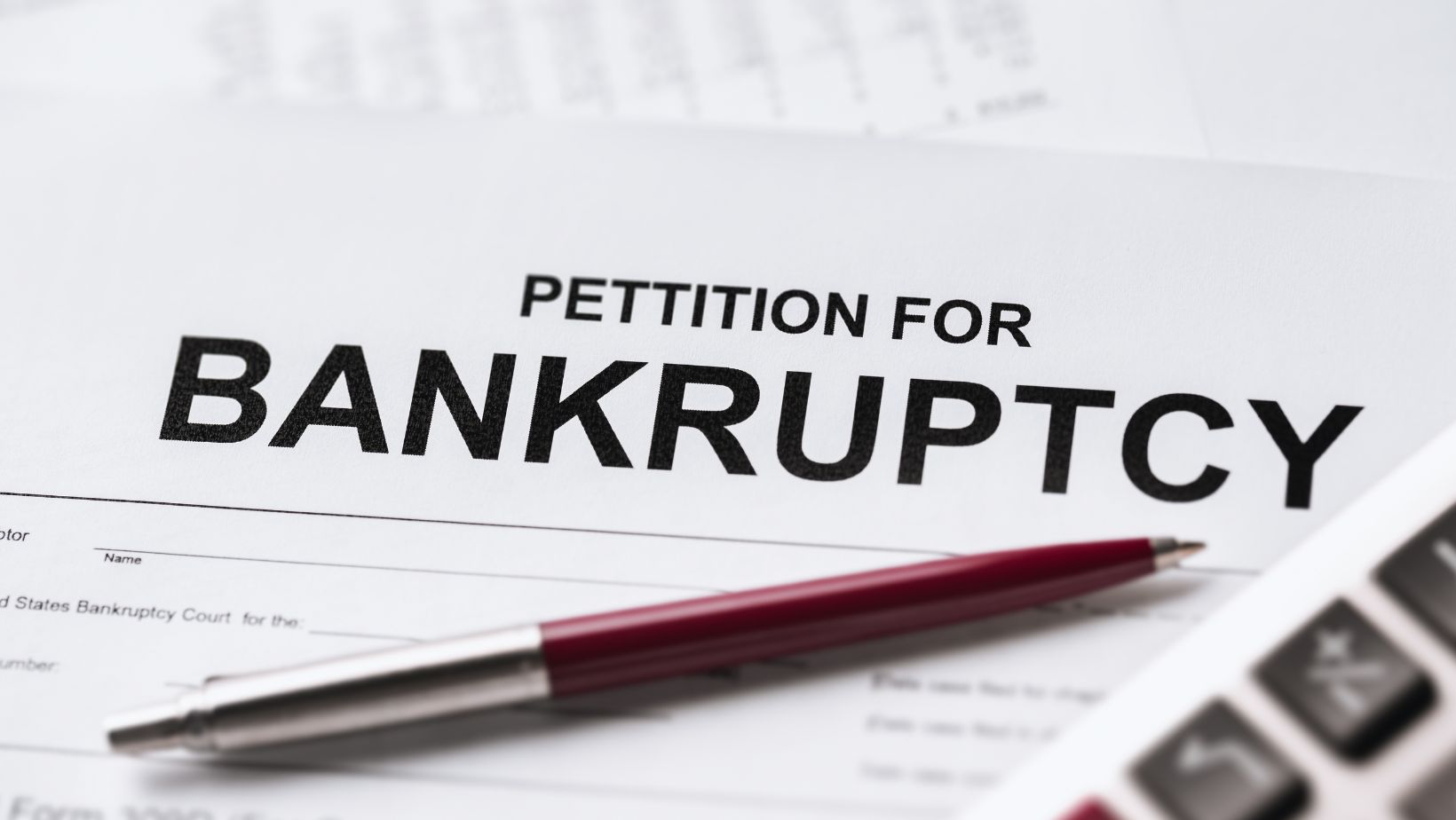
In July 2025, Denise Richards, an American actress, was granted a temporary restraining order against her estranged husband, Aaron Phypers, as part of the ongoing divorce proceedings. She claimed Phypers had physically abused her on various occasions. The truth about divorce is that it can be scary and unsafe for one person wanting to leave the relationship.
The World Health Organization estimates that nearly 1 in 3, or 30%, of women have been subjected to physical and/or sexual violence by an intimate partner or non-partner sexual violence or both. If you feel unsafe while your divorce case is ongoing, you might need a restraining order.
A restraining order is a court order that prohibits an individual from committing certain actions against another individual. This type of order may be entered in some domestic violence cases if the judge feels it is necessary to protect the victim from further damage.
According to divorce attorney Melissa D. Cianci, if there is domestic violence or abuse while you are going through divorce, you need a restraining order, protective order, or supervised visitation order.
Let us examine what a retraining order can do, including the legal process, issues of self-protection, and emotional burdens.
Legal Implications
The law considers restraining orders to protect you in case your ex-spouse harasses you, threatens you, or puts you in any sort of violence.
It may prevent an ex from making contact with you, including visits to your home or workplace, or seeing the children. A violation of a restraining order is punishable by fines, imprisonment, or other consequences.
The order might have effects on divorce proceedings. It might affect child custody, division of wealth, or spousal support. Depending on the deliberations, the judge may even incorporate the basis for a restraining order.
Examine the legal concepts in pursuing a restraining order and speak to a restraining order attorney near you to find out how it could impact your divorce case.
Importance of Safety
In case you are considering filing for a divorce, you have to immediately act if you feel threatened or unsafe. A restraining order is given as a measure to protect yourself from harassment or harm.

The divorce environment is largely characterized by emotion, and in some cases, it spirals into a tense situation. A restraining order guarantees protection in case there is a threat to your life, safety, or that of your children.
A restraining order should be obtained to guard against being harmed. In a situation where you might think you’re in danger, you should really think of acting on it.
Impact on Divorce Proceedings
As mentioned, a restraining order will affect child custody, division of assets, and spousal support. The court may investigate the reasons for the restraining order when making its decisions.
The restraining order may allege child abuse, which will affect visitation rights or even the granting of exclusive custody to one of the parents. The court may stay vigilant about the protection and benefit of the parties concerned, particularly regarding asset division.
In some circumstances, restraining orders may have an impact on spousal support. Be warned that a restraining order could derail the entire divorce process.
Assessing the Threat Level
Threat level assessment is necessary to identify potential dangers and develop relevant safety measures.
Start with any past incidents of violence or threats from the ex-spouse. Write down any encounters that made you uneasy or threatened. Assess the severity of the behavior and whether it may be increasing in nature. Look out for any signs or incidents pointing to probable hazards.
Seeking Support and Guidance
A legal representative or an attorney may advocate on behalf of you and your home if you’re feeling stressed about what to do in household matters. Your lawyer will advise you on the next steps to take since they understand legalities.
Depending on your needs, such advocates might provide you with emotional support, help you plan for your safety, and make decisions. Your lawyer will help you understand abuse and know your legal options when dealing with it while you are finalizing the divorce agreement.
Don’t hesitate to seek support and guidance. Your lawyer will be able to help you go through a complex or violent divorce.







 Did you know that children of divorced or separated parents may be exposed to a greater risk of engaging in risky behaviors and finding themselves in economic hardships as they grow up? Many studies in psychology, sociology, and economics uphold this statement.
Did you know that children of divorced or separated parents may be exposed to a greater risk of engaging in risky behaviors and finding themselves in economic hardships as they grow up? Many studies in psychology, sociology, and economics uphold this statement. 







 Gutters are perhaps the most overlooked part of a house. While they don’t get the attention of the siding, windows, or other exterior features, they quietly work behind the scenes.
Gutters are perhaps the most overlooked part of a house. While they don’t get the attention of the siding, windows, or other exterior features, they quietly work behind the scenes.




 If your weight loss plan feels like a hamster wheel – strict meal plans, tracking every calorie, endless gym sessions – you’re not alone. But here’s the kicker: the real challenge might not be your motivation. It could be your biology. Specifically, your hormones. And among them, GLP‑1 is a game‑changer.
If your weight loss plan feels like a hamster wheel – strict meal plans, tracking every calorie, endless gym sessions – you’re not alone. But here’s the kicker: the real challenge might not be your motivation. It could be your biology. Specifically, your hormones. And among them, GLP‑1 is a game‑changer.






















